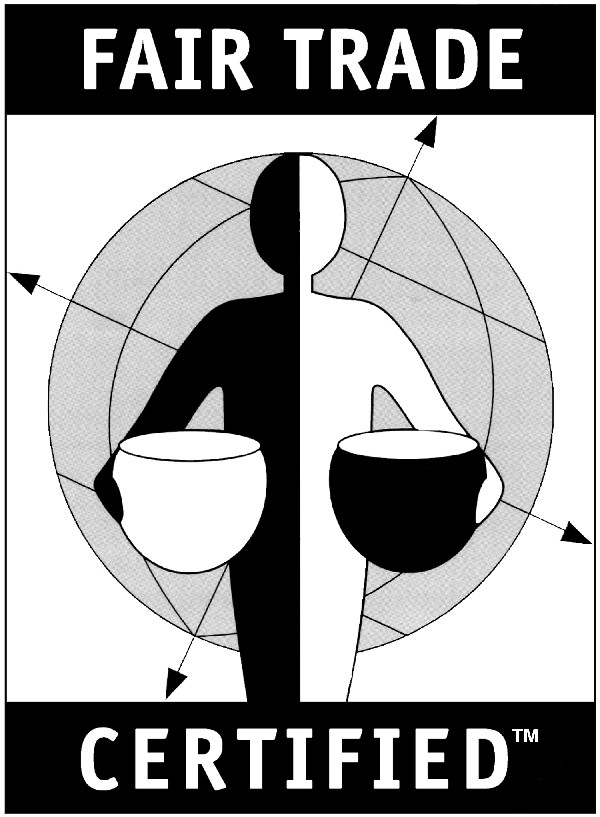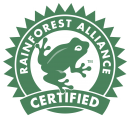Java Arabica Estate Nusantara
The Dutch governor in Malabar (India) sent arabica coffee (Coffea arabica) seedlings from Yemen to the Dutch governor of Batavia (now Jakarta) in 1696. The first seedlings failed due to flooding in Batavia. The second shipment of seedlings was sent in 1699 with Hendrik Zwaardecroon. The plants grew, and in 1711 the first exports were sent from Java to Europe by the Dutch East India Company, known by its Dutch initials VOC (Vereenigde Oostindische Compagnie), such that 2000 pounds were shipped in 1717. Indonesia was the first place, outside of Arabia and Ethiopia, where coffee was widely cultivated.
In the late eighteen hundreds, Dutch colonialists established large coffee plantations on the Ijen Plateau in eastern Java. However, disaster struck in the 1876, when the coffee rust disease, Hemileia vastatrix, swept through Indonesia, wiping out most of the Arabica Typica cultivar. Robusta coffee was introduced to East Java in 1900 as a substitute, especially at lower altitudes, where the rust was particularly devastating. Robusta coffee was introduced to smallholders around Kerinci around 1915, and then spread quickly across southern Sumatra during the 1920s, where production soon eclipsed Java. The region remains the most important producing region by volume today.
Dutch-owned plantations on Java were nationalized in the 1950s, soon after independence and are now managed as state-owned plantations under PTPN – Perusahaan Terbatas Perkebunan Nusantara, and revitalized with new varieties of Coffea arabica in the 1950s. These varieties were also adopted by smallholders through the government and various development programs. These old colonial era plantations on Java now grow just a small percentage of the island’s coffee, though these revived old estates grow most of the island’s premium gourmet Arabica varietal coffee.
The Java Arabica Estate coffee has a low-toned richness that is typical of Indonesian, but with a full body that is clean and thick, and a medium acidity along with earthy qualities, but less earthy than some other Indonesian coffees such as Borneo, Sulawesi and Sumatra.







